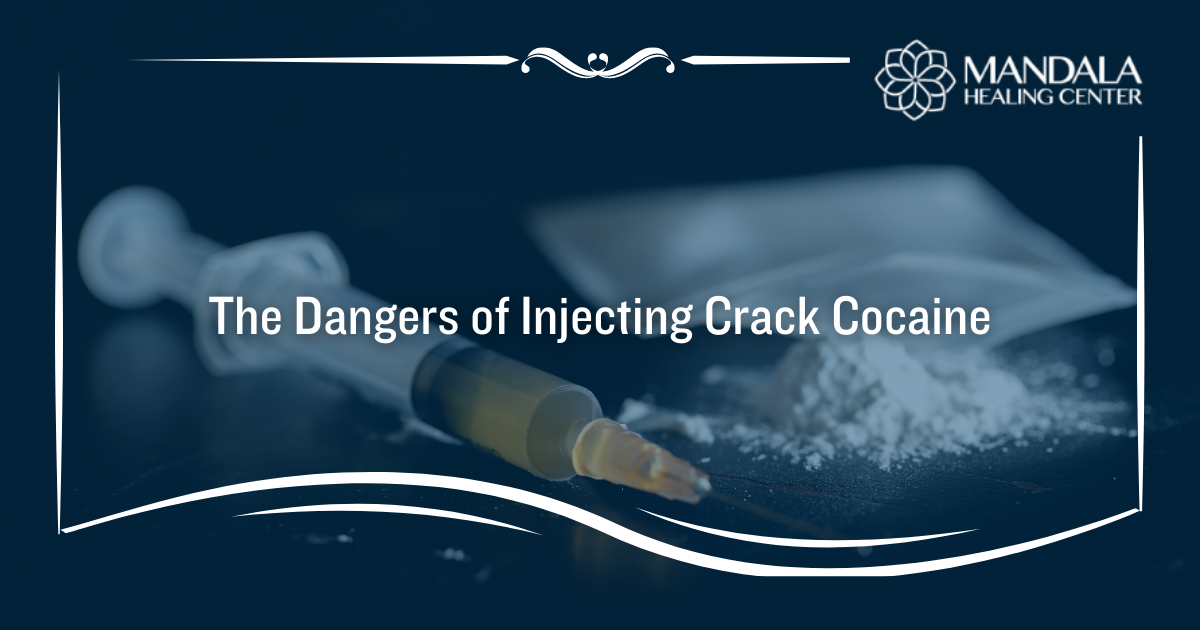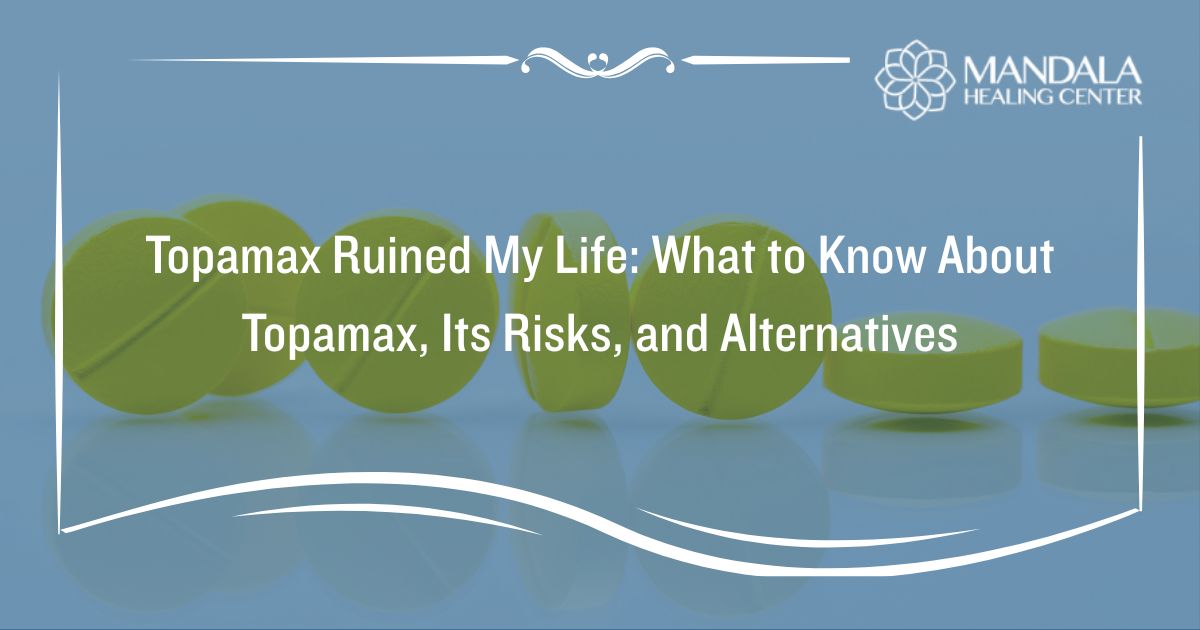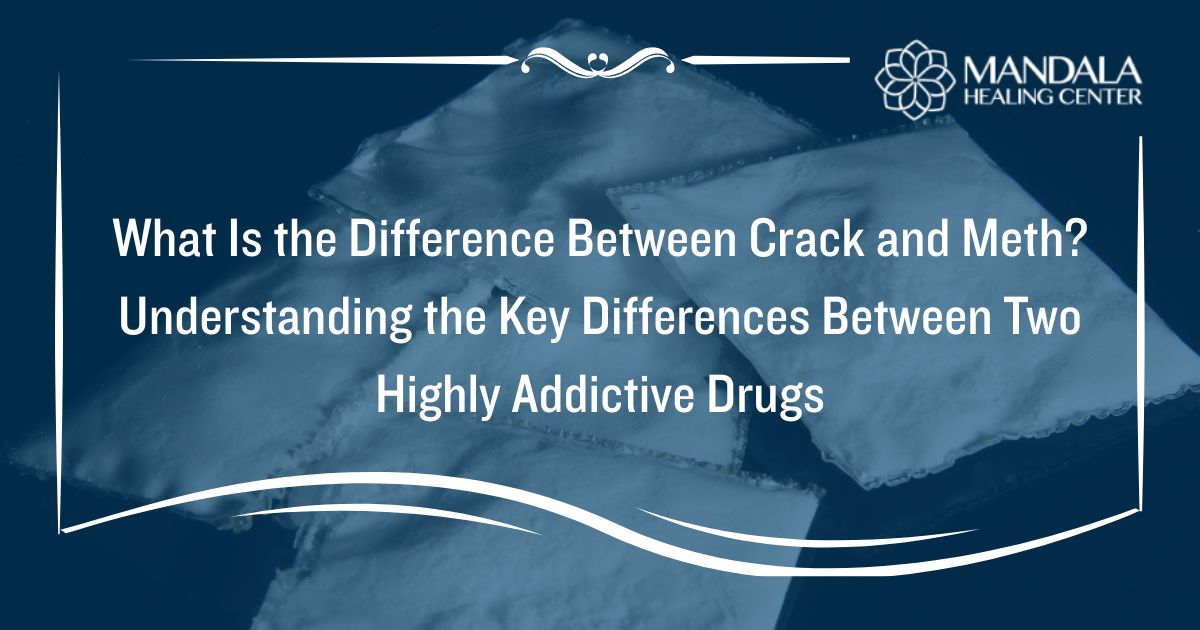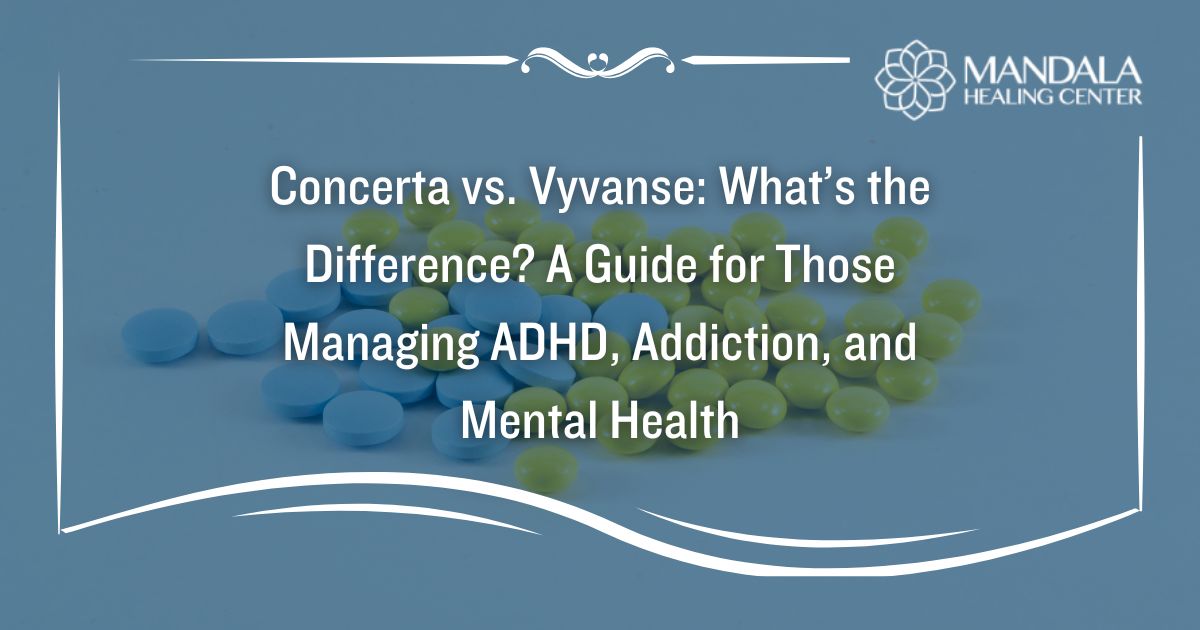Crack cocaine is a derivative of cocaine, a highly potent stimulant drug. Crack is made by combining powdered cocaine with water and another substance like baking soda. Once the mixture is made, it is boiled to create a hard, crystal-like substance.
Crack is a highly concentrated form of cocaine, making it much more potent and highly addictive. While the drug was named “crack” because of the crackling and popping sounds it makes when it is smoked, some people abuse the drug intravenously. Injecting crack cocaine causes the already potent effects to become intensified, making it that much harder for you to quit abusing it.
According to the U.S. Department of Justice, “data reported in the National Household Survey on Drug Abuse indicate that an estimated 6,222,000 U.S. residents aged 12 and older used crack at least once in their lifetime.”[1]
Crack cocaine is a dangerous substance that can cause an array of adverse health effects. Injecting this drug can make it more likely that you will develop the associated health complications. Injecting crack cocaine is particularly dangerous and comes with a variety of risks.
What Happens When You Inject Crack Cocaine?
Crack was introduced onto the streets as a drug of abuse in the 1980s. Until the 90s, crack cocaine was primarily smoked. Once people discovered that they could melt the substance into a liquid, they began to intravenously inject crack.
If you are injecting crack cocaine, that means that you are sending the substance directly into your bloodstream, allowing it to reach your brain faster and perpetuating your risk of severe addiction.
When you inject crack, the effects of the drug begin faster and affect you more intensely. Typically, the high from IV crack use lasts anywhere from 15 to 30 minutes. Because the high is relatively short, it is likely that you will continually use the drug to maintain the effects, leading to a quick development of dependency and withdrawal symptoms.
The short-term effects of injecting crack cocaine include:
- Increased heart rate, blood pressure, and body temperature
- Nausea
- Intense euphoria
- Contracted blood vessels
- Dilated pupils
- Hyperstimulation
- Paranoia
Crack affects your brain by causing an overload of dopamine, which is why you will experience intense feelings of euphoria. However, when your brain continually releases large amounts of dopamine after crack cocaine use, it will begin to associate the substance with pleasure. This causes your brain to only release dopamine when it receives crack cocaine, indicating that you have developed an addiction.
The Long-Term Dangers of IV Crack Use
The potential long-term dangers of shooting crack cocaine are seemingly never-ending. IV drug use itself is highly dangerous, posing a myriad of health risks. When you begin to intravenously use a potent drug like crack cocaine, the risks of IV drug use multiply.
Some of the long-term dangers of IV crack use include:
- Poisoning the body with weak acids
- Increased risk of developing blood-borne diseases
- Damaged heart functions
- Increased risk of overdose
- Aggressive and erratic behavior
- Sexual dysfunction
- Paranoia, delusions, and hallucinations
- Track marks from needles and bleeding from injection sites
- Malnourishment and weight loss
- Confusion
- Coma
- Chest pain
- Endocarditis
- The development of co-occurring mental health conditions
- Impotence
- Tooth decay
- Risky and impulsive behaviors
It is clear to see that injecting crack cocaine can lead to several adverse health effects. However, to understand the seriousness of these health effects you must be fully aware of what these conditions entail. Let’s take a look at a few of the most common dangers of long-term IV crack abuse.
Blood-Borne Diseases
When you are addicted to crack cocaine, you will do anything to get your next fix. Oftentimes, it can be difficult for people who are amid their addiction to obtain clean needles. This leads to needle-sharing between other crack cocaine users.
When you are sharing needles or using dirty needles, your risk of developing blood-borne diseases becomes extremely high. Long-term intravenous drug use also breaks down your blood vessels, making them more susceptible to diseases. This means you could contract diseases like HIV/AIDS and various forms of hepatitis.
Increased Risk of Overdose
Injecting crack increases your risk of overdosing because the process of melting the drug down into a liquid makes it difficult to determine how much of the drug you are taking. Additionally, your tolerance for crack cocaine will increase as you continue to inject the drug. This means you will begin to take large doses of the substance to experience the desired effect, putting you at a higher risk of overdosing.
The symptoms of a crack cocaine overdose may include:
- High blood pressure and irregular heart rate
- Chest pain and heart attack
- Stroke
- High body temperature and sweating
- Difficulty breathing
- Seizures
- Hallucinations
- Coma
Heart Complications
Because crack cocaine is a stimulant, it places a lot of strain on your heart. When you inject crack, the substance speeds up your bodily functions, causing the heart to have to work harder. This can lead to serious complications of the heart, including heart attacks, stroke, and even death.
Complications Associated With the Use of Weak Acids
When you inject crack cocaine, you have to mix it with a weak acid to convert it into a soluble substance.
Some of the weak acids that people use include:
- Lemon juice
- Vitamin C
- Citric acid
- White vinegar
- Alcohol melt
Continually injecting a mixture of crack and weak acids like lemon juice is linked to the development of endophthalmitis and inflammation of the veins.[2] Additionally, flooding your body with weak acids can lead to circulatory system complications.
Find Help for Crack Cocaine Addiction
If you or a loved one suffer from IV crack cocaine addiction, recovery is possible. A professional addiction treatment program can help you or your loved one gain the tools you need to overcome the effects of addiction and learn how to live a healthy, sober, and happy lifestyle.
At Mandala Healing Center, we go beyond the conventional approaches to addiction treatment to heal the entire person. Our program is designed with your emotional, mental, physical, and spiritual needs in mind. Contact us today to get started.
References:












